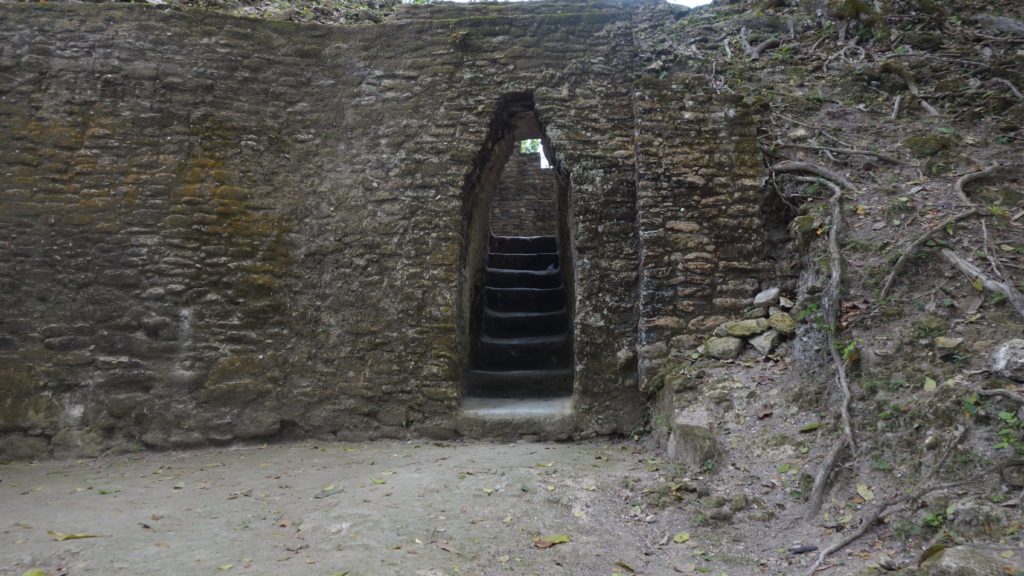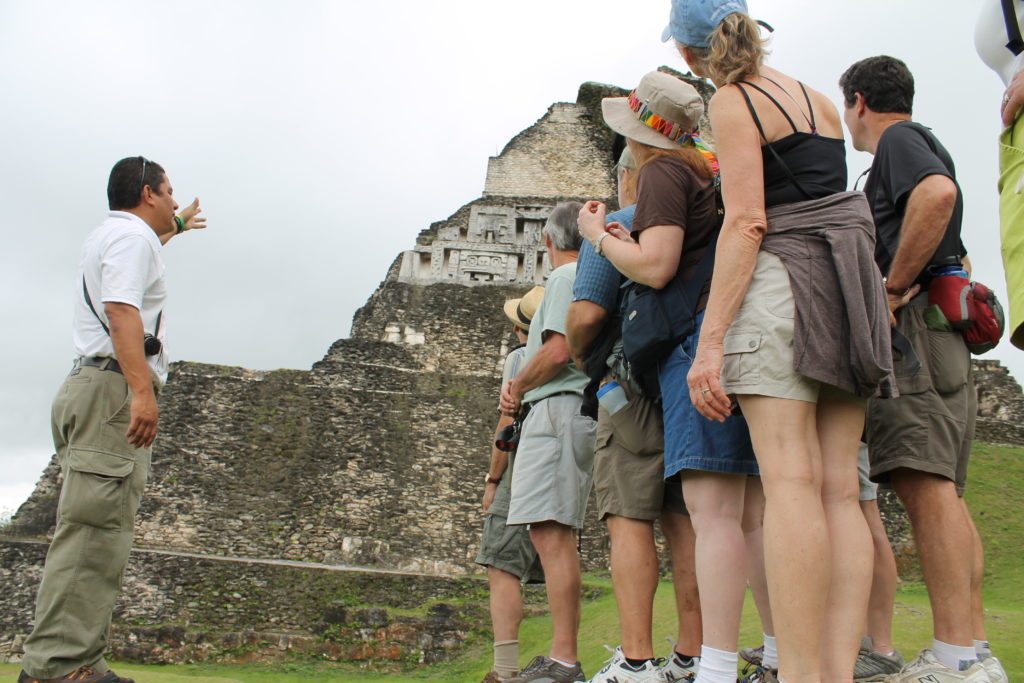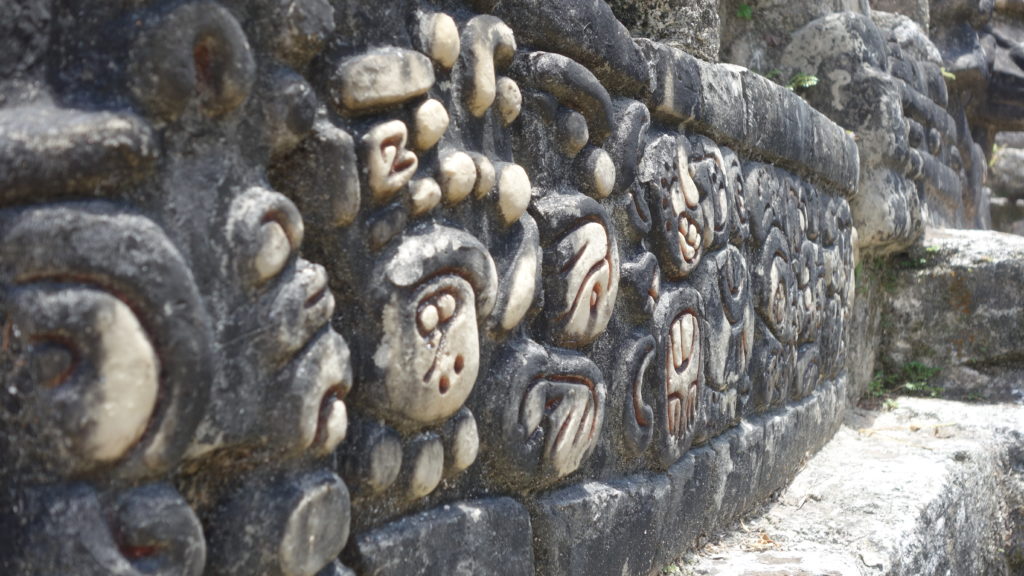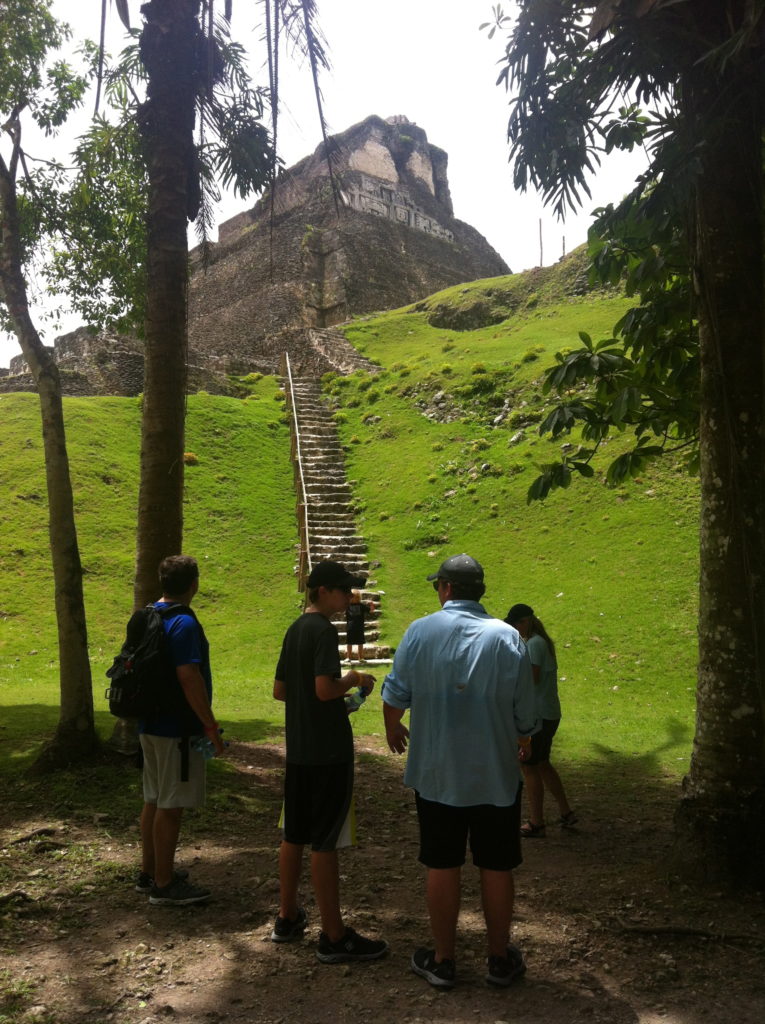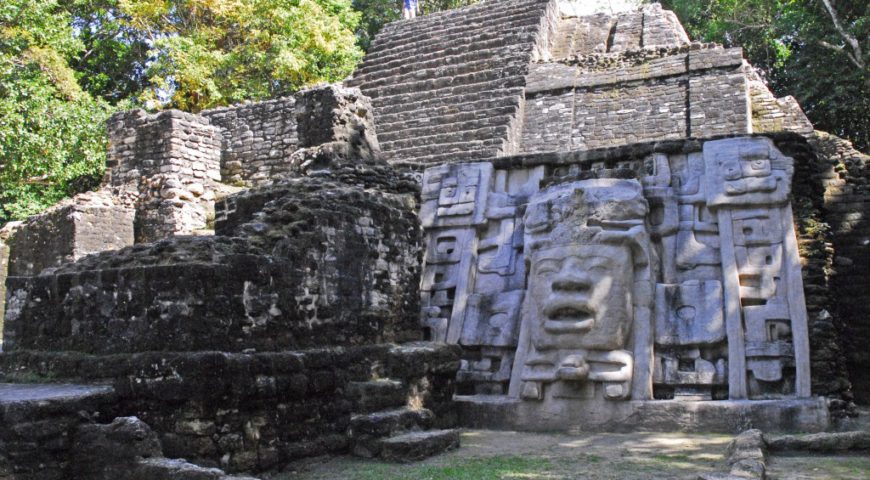
Labour: To Build A Maya Empire Part 1
The Setting
People from all over the world visit the Maya area. Many come to Belize, Central America and they witness amazing when they enter the jungle and come face to face with history. Most noteworthy in these cities we find, temples, palaces, ball courts, intra-city roads, altars, stelae, barrios, and plaza groups. All built by the greatest ancient civilisation in the America’s. As we walk around these ancient cities, the likes of, Cahal Pech, Xunantunich and Altun Ha, its important to realise the human investment in these cities. After all, these infrastructural projects were not built by UFO’s. They did not just grow out of the earth by wish – they were built by hands. Built without the use of beasts of burden and managed with the power of religion, political management and in instances, by force.
Palace Entrance At Cahal Pech, San Ignacio, Belize.
The Labour Force
Labour in these cities was tremendous. Walking into an ancient Maya city, we don’t even realise that the floor we would be standing on is an artificial one – built up from the original bedrock. This was absolutely castigating labour. Imagine that there were hundreds, and in some cases thousands, of humans who were needed to work quarries of limestone. In these quarries they broke larger boulders into smaller rocks that they placed inside retaining walls and covered the bedrock, sometimes to heights of 20 feet! Back breaking!
Whats this Plaster
The labourers would build large kilns after completing the floors. With wood as fuel (dried and green) they would blaze flames that would reach the temperature of up to 800 degrees Fahrenheit. This broke down limestone rocks to dust. Lime was the result. “Cal” is what the Maya and Mestizo call lime in Belize. Lime was of utmost importance for the plastering of all the floors throughout the city that was filled up from the bedrock (as explained above). This was not only bruising work, but it was also driving the Maya to, consistently and persistently, cut down there forests at dramatic speed. This was disrupting their rain cycle, that later in their history, will compound to disaster.
The West Frieze At Xunantunich, Belize
Labour Specialists
After this initial effort of labour expired, came the palaces, temples, ball courts, stelae, altars and the other architectural wonders. At this juncture there were specialists. The specialists cut stone blocks unendingly. Then other experts organised the lime for plaster. These experts specialised in the natural paints they used to mix with the lime so that when they plastered walls or built friezes. The plaster was mixed with particular colours for the finish the royalty would be looking for on their walls and art pieces. The predominant colours in Maya cities were red, black, green, blue, aquamarine, and yellow. Yes, imagine the cities in those colours. Amazing.
A small piece of a frieze at Caracol Ancient Maya City, Belize
Architectural Challenge In The Maya World
It’s noteworthy that there is an extended rainy season in the Maya area. It rained anywhere between six and seven months per year. The owners of these ancient cities employed a huge janitorial staff to deal with the breaking plasters on building, floors and art pieces.
Who Paid The Labourers?
The labour organisation is a toss up. Archaeologists have suggested a mix of ideas including, slave labour, and religious honour (the king was a living god). What we do know one had to work for his meal. Thats for sure.
Perhaps Some Xunantunich And Cahal Pech?

